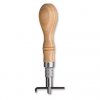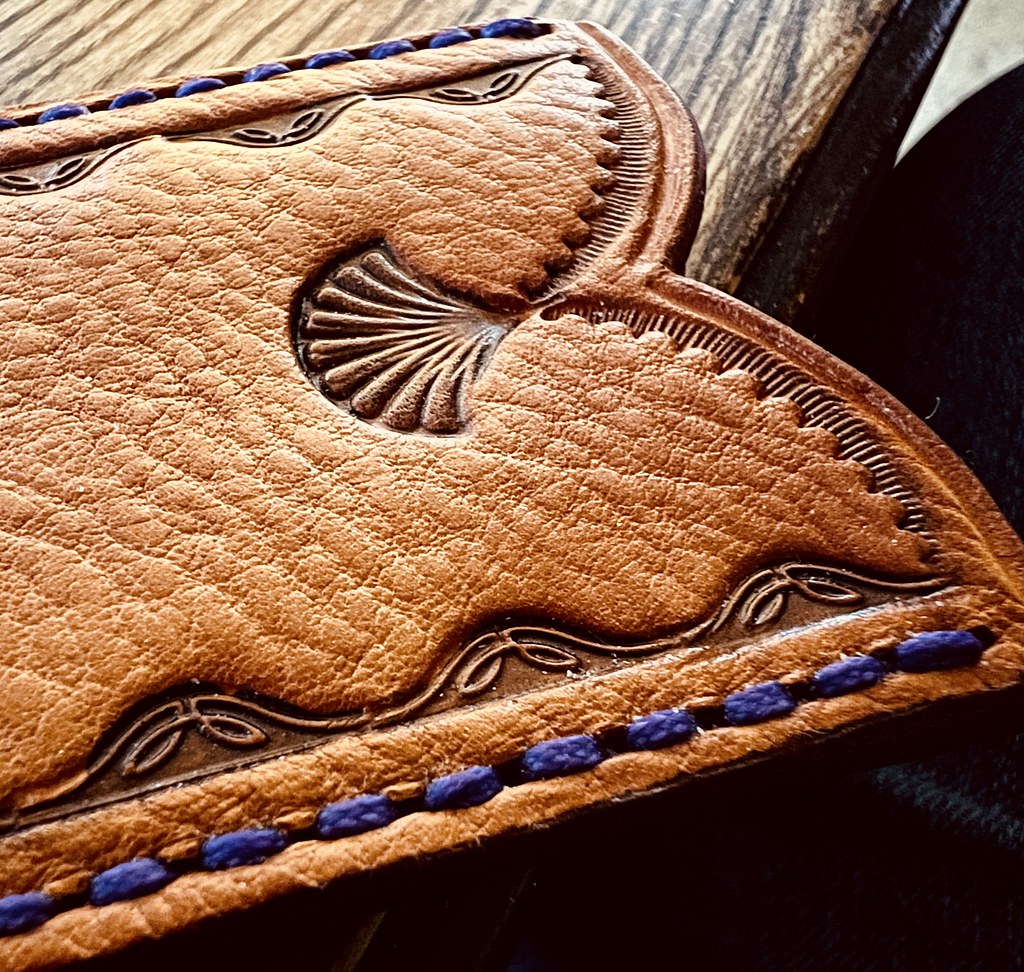baxtrom
Basic Member
- Joined
- Jan 15, 2012
- Messages
- 852
Hi!
(sorry if some similar post already exists)
I recently started to take an interest in working with leather, primarily for knife sheaths and such, and I'm trying not to binge buy big tool packs on amazon but rather allow for the tool supply to grow organically.
Which tools would constitute the bare minimum for said activities?
Now a week or so ago I started out with...
1. A scalpel/utility knife for cutting the leather
2. An awl for punching holes for thread
3. A set of saddlemaker's needles
4. Edge beveller(s)
5. I've also ordered a fork punch set, which I assume will make my stitching look a bit better.
Now, I'm thinking of ordering...
6. A stitching groover.
Optionally on my bare necessity list are
- An overstitch wheel? Do I need one when I already got the forks?
- A burnisher?
- Tool for riveting
- ...
Further down on the list I would put tools for stamping and decorations.
What are the expert opinions of my fellow BF members?
Any tips on what to consider, or perhaps what to avoid?
What would be the five tools you would bring to a desert island?
cheers /D
(sorry if some similar post already exists)
I recently started to take an interest in working with leather, primarily for knife sheaths and such, and I'm trying not to binge buy big tool packs on amazon but rather allow for the tool supply to grow organically.
Which tools would constitute the bare minimum for said activities?
Now a week or so ago I started out with...
1. A scalpel/utility knife for cutting the leather
2. An awl for punching holes for thread
3. A set of saddlemaker's needles
4. Edge beveller(s)
5. I've also ordered a fork punch set, which I assume will make my stitching look a bit better.
Now, I'm thinking of ordering...
6. A stitching groover.
Optionally on my bare necessity list are
- An overstitch wheel? Do I need one when I already got the forks?
- A burnisher?
- Tool for riveting
- ...
Further down on the list I would put tools for stamping and decorations.
What are the expert opinions of my fellow BF members?
Any tips on what to consider, or perhaps what to avoid?
What would be the five tools you would bring to a desert island?
cheers /D











